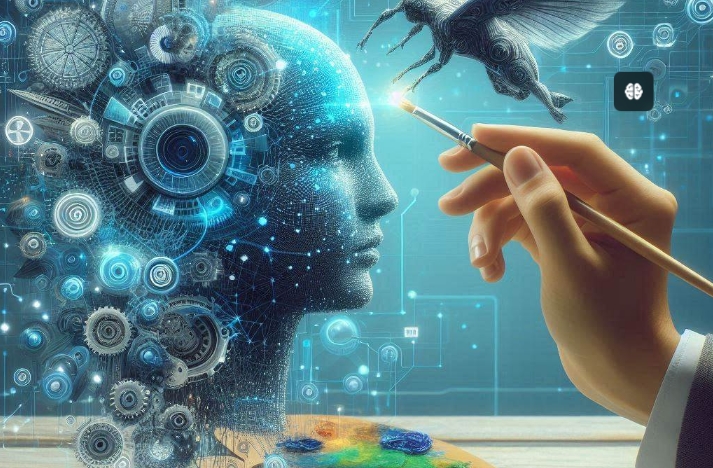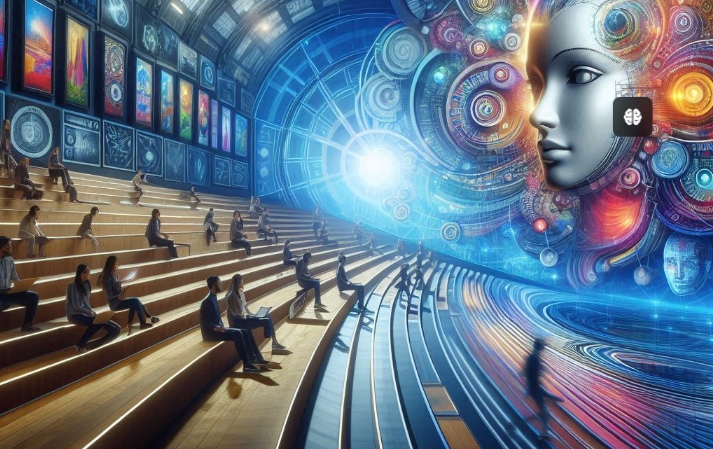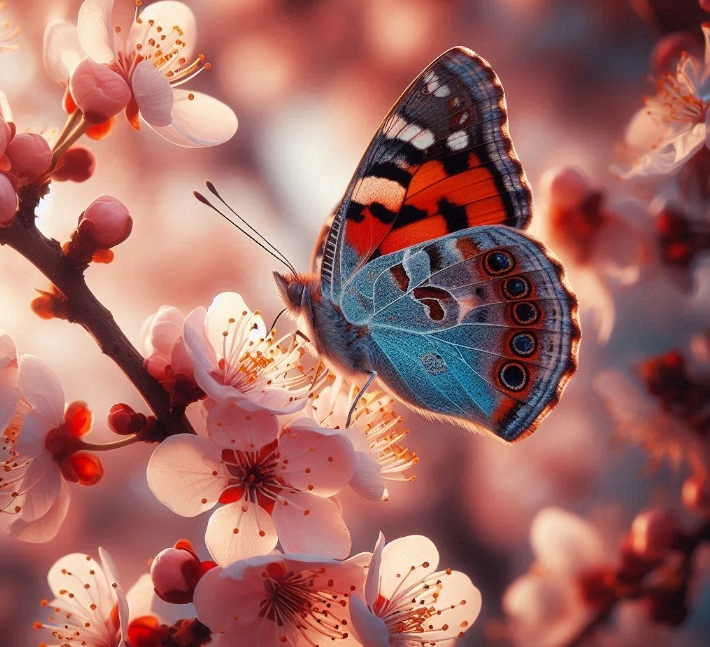
In the evolving landscape of art and creativity, the intersection of artificial intelligence (AI) and innovative marketing strategies promises to redefine how artists engage with audiences and shape the future of the art industry. This article explores the transformative potential of AI in art creation and the strategic approaches artists can adopt to leverage these advancements for broader reach and impact.
Artistic Evolution Through AI: AI has revolutionized art creation by enabling artists to explore new techniques, styles, and forms of expression. From generative adversarial networks (GANs) creating original artworks to machine learning algorithms analyzing artistic trends, AI tools are pushing the boundaries of what is creatively possible. Artists can now collaborate with AI to produce artwork that blends human creativity with computational precision, opening doors to unprecedented artistic possibilities.
Enhancing Engagement Through Personalization: One of the significant impacts of AI in art is its ability to enhance audience engagement through personalized experiences. Machine learning algorithms analyze user preferences and behaviors, allowing artists and marketers to tailor their content and outreach strategies accordingly. For instance, AI-powered recommendation systems can suggest artworks based on individual tastes, driving higher engagement and conversion rates.
Data-Driven Insights for Strategic Marketing: In addition to creation, AI offers invaluable insights into market trends and audience preferences. By analyzing vast amounts of data, AI can identify emerging artistic trends, predict market demand, and optimize marketing campaigns. Artists and galleries can leverage these insights to strategically position their artworks, target niche audiences effectively, and maximize their market impact.
Interactive and Immersive Experiences: AI-powered technologies such as augmented reality (AR) and virtual reality (VR) are transforming how audiences experience art. AR applications allow users to interact with artworks in real-time, overlaying digital elements onto physical spaces. VR platforms enable immersive art exhibitions and virtual galleries, democratizing access to art for global audiences. These technologies not only enhance engagement but also redefine the spatial and sensory dimensions of artistic expression.
Ethical Considerations and Human-AI Collaboration: As AI continues to shape the art landscape, ethical considerations regarding authorship, ownership, and the role of human creativity are paramount. Artists must navigate the balance between AI-generated art and human ingenuity, ensuring that AI tools enhance rather than replace artistic authenticity. Collaborative frameworks that empower artists to integrate AI as a tool for creativity while preserving their unique voice are essential for fostering innovation and ethical practice.
Strategies for Artists and Institutions: For artists and art institutions, adopting AI and innovative marketing strategies involves embracing experimentation and continuous learning. Artists can collaborate with technologists and AI experts to explore new mediums and techniques, while institutions can invest in AI-driven analytics to optimize exhibition curation and audience engagement. Embracing digital platforms and online communities allows artists to reach global audiences, fostering a diverse and inclusive art ecosystem.
Conclusion: The future of art lies at the intersection of human creativity and AI-driven innovation. By embracing AI tools for art creation, personalized marketing, and immersive experiences, artists and institutions can expand their artistic horizons, engage diverse audiences, and navigate the evolving landscape of the digital age. As AI continues to evolve, its role in shaping the future of art promises to be transformative, offering unprecedented opportunities for artistic expression, engagement, and cultural impact.
This article aims to inspire artists, marketers, and art enthusiasts alike to explore the limitless possibilities of AI in art and to envision a future where creativity and technology converge to redefine the art experience.
american-boffin.com
bfbchamp.com
democraticcoma.com
tigrepelvar.com
charpoles.com
derbywheelblazers.com
fansfocus.net
guildnow.com
hediyeteyze.com
isprimecdn.com
kiira-korpi.net
manutd24.com
mediumtylerhenry.com
mishanghai.org
savethreestrikes.com
smilesbydavis.com
10puntos.net
band-shirt.com
icelandtrails.com
paulmarioday.com
thefunnynanny.com
Dave Tries Ballet
Buon Grande
Criacao Sites
Perry Perkins Books
Writing Essay in AU
Ka Soku
Blood is Blood Movie
Eleanor Writes Things
The Happy Prince Beirut
Town of Witless Bay
Online Igrovoi Club
Trigeminal Neuralgia - Ronald Brisman MD
Chocolate City Burlesque
Advanced Electric Scooters
W Tougei
Breadboard Maniac
Takasu App


